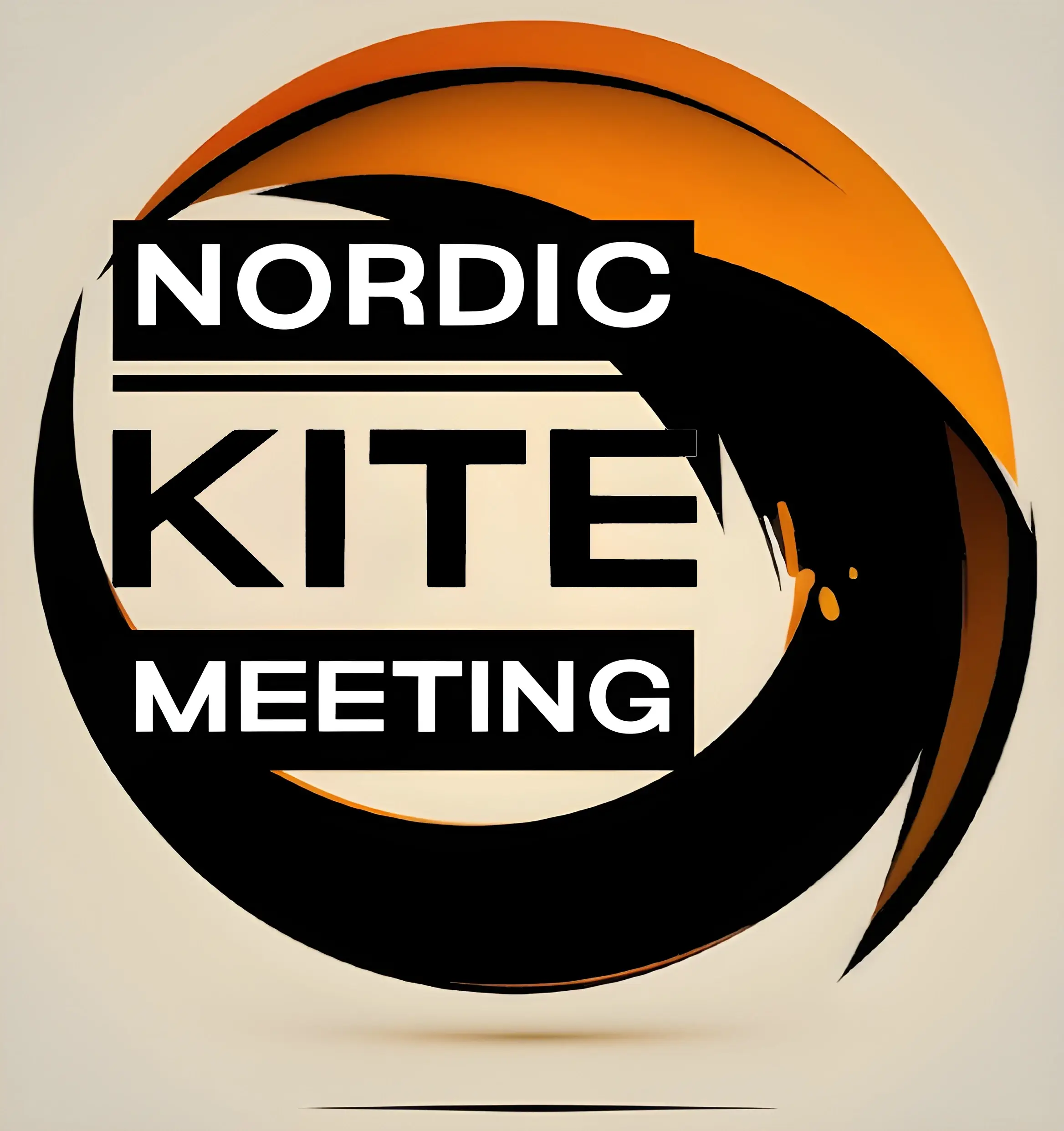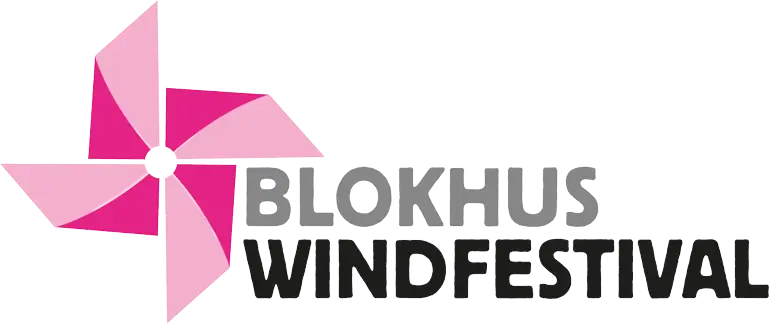I really didn’t pick up quad lined kiting until a couple of years ago. Why you might ask. Part of the answer to that question is “because you can’t trick it”. But I might be wrong. You might actually do tricks with a quad. And today was total proof!
Unfortunately, my tripod broke when assembled so I can’t provide you with video. But I’ll do my best-using words. At least until my tripod is replaced.
A Taste of Pancakes
In another recent post here at AERIALIS Kites, I’m writing about the Pancake. Actually I’m not a 100% sure of that is the right expression when it comes to quad line kites, but to make things clear, that’s what I’m referring to when you fly the kite downward and do an abrupt push on the front lines making the kite flare (going flat) with the leading edge pointing forwards, downwind. That’s pretty similar to doing the same with a duallie throwing your arms forward when doing a dive. The duallie goes flat on its belly in the air.

Doing pancakes with a quad is really fun. You can do them almost anywhere in the air, but the closer to the ground the more dramatic they become. It’s awesome when you fly fast towards the ground and smack the kite into a super low pancake the split second before it hits the ground.
But it doesn’t stop there, you can do more fun stuff when the quad sits in that pancake position. When the kite is in that flat belly down, LE pointing downwind position it’s also a great starting point for super flat axels!
Just as the kite goes flat, whip a break line – to initiate the axel rotation – and immediately give lots of slack to all lines – to allow the kite to rotate all the way – and you will have super flat axels when you get the timing right!
Once again sorry for not having this on video – yet – due to a broken tripod, but I nailed several incredible flat axels this way! I took some experimenting to get the timing right, but slowly my success rate increased.

Note to self … and others!
Tip 1
The pop to initiate the axel needs – IMO – to be a bit sharper than when doing the axel from a more … “flying position”. I think this is because when you’re axeling in flight, the kite has some momentum already, but when in a pancaked position the pop must create all the momentum itself, hence a more powerful pop. My 2 cents that is.
Tip 2
If you can manage to have the kite in a somewhat skewed pancake, the axel is easier when popping the breakline connected to the down spar closer to you. (Did you get this?)
Go out there and practice!
Catches, Throws and Axels
The A-Quad (std) is an incredible glider! …and that’s a nice feature when it comes to catching. You know, you fly the kite upwards right downwind and when it approaches the top of the wind window, you give both front lines a tug to pop the kite out of the air and it starts to glide down and towards you.

Different kites require different pops. Some kite needs a rather hard one, for others you need a more subtle input. The A-Quad (std) definitely falls into that latter category. All it takes is a gentle pop and the kite start its glide. However, if the pop is too gentle, the A-Quad will do a pretty flat glide and overfly the pilot. The same will happen if the pop is too hard. But when you get it right, the kite will come right at you and all you have to do is just wait for it and reach out and grab it when it’s up close.
Off course this is also depending on the wind conditions. I was flying in pretty optimal conditions when experimenting and the above was the case. You might feel a difference in other wind conditions.
Now – with the kites sitting in your hand, you’re ready for the Throw. Go for it and when done correctly the kite should end up in that pancaked position exactly when your lines go taught. and you can take up flight.
Or…..?
Why not pop that axel again?!!

The kite will sit in that pancaked position, and – like described above – pop a break line, and you’re in for a super flat axel! It’s actually not too difficult, but I’d advise you to practice the Throw (without popping the axel) first to really get the hang of it. When you feel confident throwing and taking up flight, I’d say you’re ready to give the axel a go. Pop a breakline – to initiate the axel rotation – and immediately give lots of slack to all lines – to allow the kite to rotate all the way – and you will have super flat axels as soon as your timing is right!
Note to self … and others!
When throwing the kite, try to have it end up in that somewhat skewed position as described above. Pop the breakline connected to the down spar closer to you. I find it easier to both initiate and complete the axel this way.
Hmmmm…. Now all I really have to do is replace that broken tripod and shoot some video to make all things crystal clear. Stay tuned!





0 responses
Sept 6th…
Tripod repaired … Heavy rain is forecasted… 🙁